Filter by
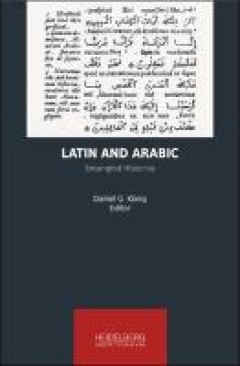
Latin And Arabic
As linguistic systems comprising a large variety of written and oral registers including derivate “languages” and “dialects,” Latin and Arabic have been of paramount importance for the history of the Euromediterranean since Antiquity. Moreover, due to their long-term function as languages of administration, intellectual activity, and religion, they are often regarded as cultural markers…
- Edition
- -
- ISBN/ISSN
- 9783947732265
- Collation
- -
- Series Title
- -
- Call Number
- Interfaith relations
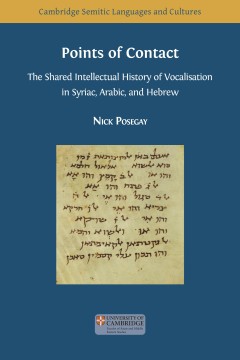
Points of contact : the shared intellectual history of vocalisation in Syriac…
In the first few centuries of Islam, Middle Eastern Christians, Muslims, and Jews alike all faced the challenges of preserving their holy texts in the midst of a changing religious landscape. This situation led Syriac, Arabic, and Hebrew scholars to develop new fields of linguistic science in order to better analyse the languages of the Bible and the Qurʾān. Part of this work dealt with the i…
- Edition
- -
- ISBN/ISSN
- 9781800642980
- Collation
- xii, 370 p.
- Series Title
- -
- Call Number
- 492 POS p
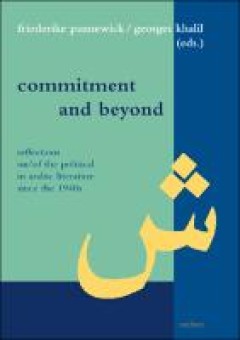
Commitment and beyond : reflections on/of the political in arabic literature …
This book is about the relations between literature, society and politics in the Arab world. It is an attempt to come to terms with the changing conceptualizations of the political in Arabic literature (and to a certain extent theater and the visual arts) in recent modern history. It examines historical and contemporary conceptions of literary commitment (iltizām) and how notions of ‘writing…
- Edition
- -
- ISBN/ISSN
- 9783954906130
- Collation
- 358 p.
- Series Title
- -
- Call Number
- 892.709 YVO c
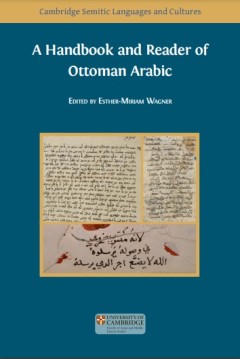
A handbook and reader of Ottoman Arabic
Written forms of Arabic composed during the era of the Ottoman Empire present an immensely fruitful linguistic topic. Extant texts display a proximity to the vernacular that cannot be encountered in any other surviving historical Arabic material, and thus provide unprecedented access to Arabic language history. This rich material remains very little explored. Traditionally, scholarship on Ar…
- Edition
- -
- ISBN/ISSN
- 9781783749430
- Collation
- xx, 463 p. : ill. ; 15.6 cm.
- Series Title
- -
- Call Number
- 492.7 WAG a
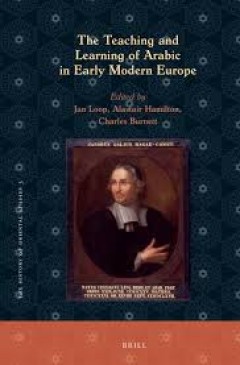
The Teaching and learning of Arabic in early modern Europe
The essays in this volume shed light on how, for what purposes and to what extent the Arabic language was taught and studied by European scholars, theologian, merchants, diplomats and prisoners in early modern Europe.
- Edition
- -
- ISBN/ISSN
- 9789004338623
- Collation
- 366 p.; 22 cm.
- Series Title
- The History of Oriental Studies, 3
- Call Number
- 492.78007104 TEA t
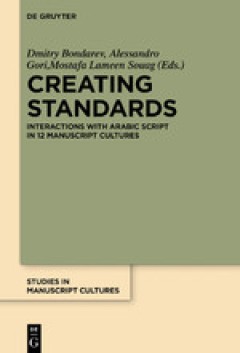
Creating standards. Interactions with Arabic script in 12 manuscript cultures
Manuscript cultures based on Arabic script feature various tendencies in standardisation of orthography, script types and layout. Unlike previous studies, this book steps outside disciplinary and regional boundaries and provides a typological cross-cultural comparison of standardisation processes in twelve Arabic-influenced writing traditions where different cultures, languages and scripts inte…
- Edition
- -
- ISBN/ISSN
- 9783110639063
- Collation
- 336 p.; 22 cm
- Series Title
- Studies in Manuscript Cultures; Volume 16
- Call Number
- 492.7 CRE c
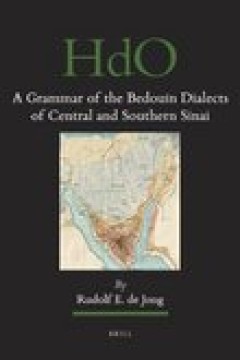
A Grammar of the Bedouin dialects of Central and Southern Sinai
After publishing A Grammar of the Bedouin Dialects of the Northern Sinai Littoral: Bridging the Linguistic Gap between the Eastern and Western Arab World (Brill:2000), Rudolf de Jong completes his description of the Bedouin dialects of the Sinai Desert of Egypt by adding the present volume. To facilitate direct comparison of all Sinai dialects, the dialect descriptions in both volumes run paral…
- Edition
- -
- ISBN/ISSN
- 9789004201019
- Collation
- xx, 440 pp. ; 22 cm
- Series Title
- Handbook of Oriental Studies. Section 1 The Near and Middle; Volume: 101
- Call Number
- 492.717 DEJ g
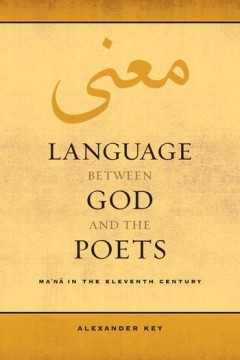
Language between God and the poets : ma'ná in the eleventh century
How does language work? How does language produce truth and beauty? Eleventh-century Arabic scholarship has detailed answers to these universal questions. Language Between God and the Poets reads the theory of four major scholars and asks how the conceptual vocabulary they shared enabled them to create theory in lexicography, theology, logic, and poetics. Their ideas engaged God and poetry at t…
- Edition
- -
- ISBN/ISSN
- 9780520298019
- Collation
- xvi, 280p. : ill.
- Series Title
- -
- Call Number
- 181.92 KEY l
 Computer Science, Information & General Works
Computer Science, Information & General Works  Philosophy & Psychology
Philosophy & Psychology  Religion
Religion  Social Sciences
Social Sciences  Language
Language  Pure Science
Pure Science  Applied Sciences
Applied Sciences  Art & Recreation
Art & Recreation  Literature
Literature  History & Geography
History & Geography